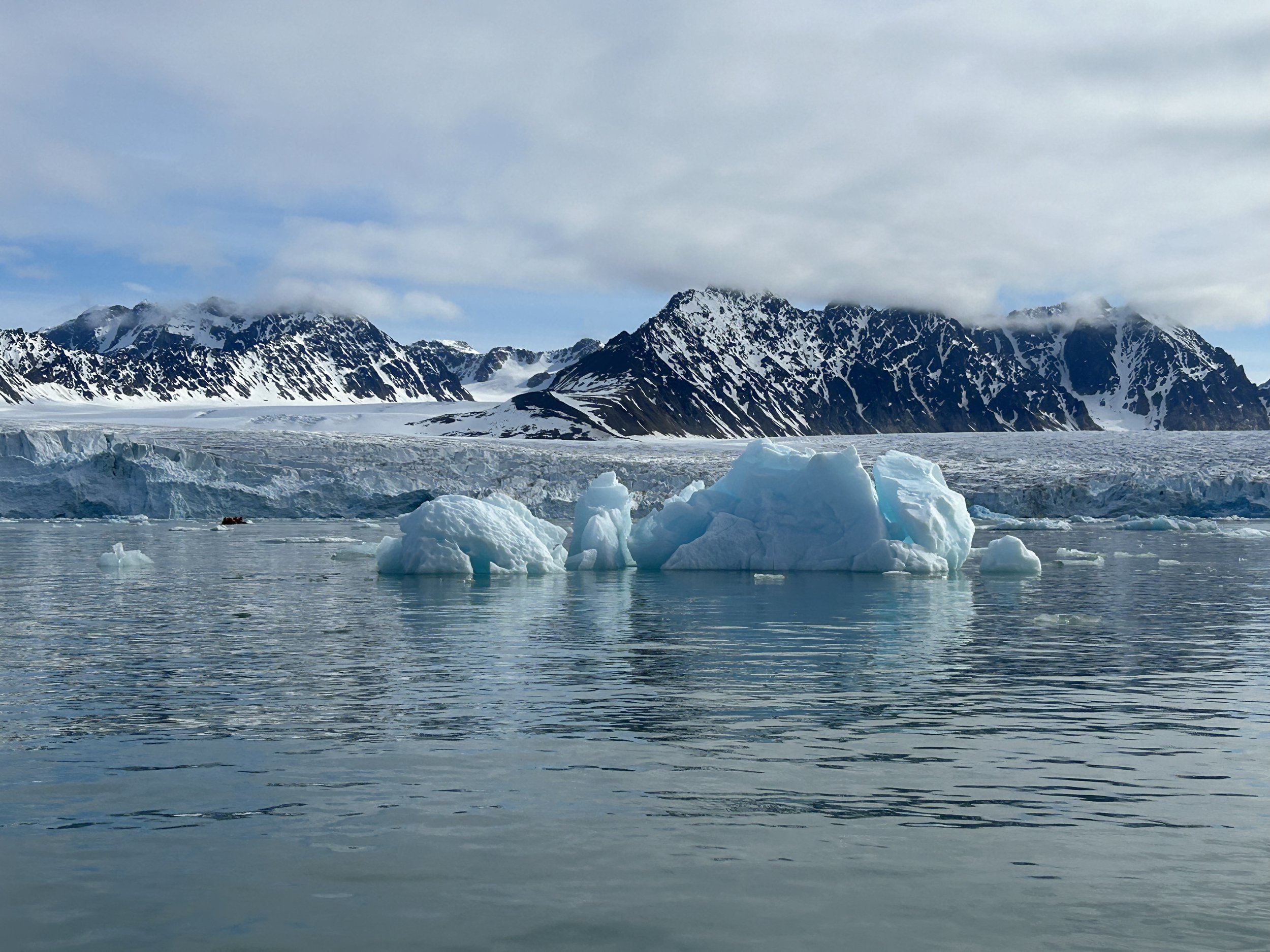Top 5 Sustainable Travel Destinations for 2025
What Is Sustainable Travel?
Sustainable travel is about making choices that protect the environment, respect local cultures, and support the places we visit. It’s more than ditching plastic straws or booking a “green” hotel—it’s about exploring with care, connection, and curiosity.
From choosing destinations that run on renewable energy to supporting local guides and businesses, sustainable travel helps ensure that future generations can enjoy the same beautiful places we’re lucky enough to explore today.
More and more travelers are craving deeper, more authentic experiences—and a lighter footprint. Here are my five recommendations for destinations that are making sustainability a priority while offering unforgettable adventures. These destinations also offer the opportunity to explore year-round which helps to combat overtourism and preserve what makes them so special.
Costa Rica – A Pioneer in Eco-Tourism
Costa Rica is a beautiful country that has long been a favorite for travelers who love nature and care about the planet. With more than a quarter of the country protected as national parks or reserves, and almost all of its electricity from renewable sources, Costa Rica truly walks the talk when it comes to sustainability.
It’s not just about the environment—Costa Rica also supports local communities through community-based tourism and encourages travelers to slow down, connect, and experience authentic culture. To manage visitor flow, the country promotes off-the-beaten-path regions like Nicoya or the Caribbean coast.
Top Experiences:
Stay in jungle eco-lodges where howler monkeys might be your wake-up call.
Join sea turtle conservation efforts during nesting season.
Wander through misty cloud forests or kayak along rainforest-lined rivers.
Year-Round Activities: The tropical climate means there’s always something to do, from rafting and hiking to wildlife tours and hot springs.
Travel Tip: Look for Certification for Sustainable Tourism businesses that integrate sustainable tourism principles into their operations. And be sure to avoid tourist businesses that use wildlife such as sloths for photo opportunities.
New Zealand – Guardians of Nature
New Zealand is packed with stunning scenery and has a deep respect for nature that shows up in everything from the way locals travel to how tourism operates to protecting wildlife. The Tiaki Promise—a nationwide pledge to care for the land—reflects this philosophy perfectly.
The country promotes travel beyond the popular spots, encouraging people to explore less-visited gems like Stewart Island or the Catlins. This helps spread out visitor impact and gives you a more relaxed, local experience. And with a wide variety of travel options including scenic rail, it’s a great destination for slow travel.
Top Experiences:
Kayak through peaceful coves in Abel Tasman National Park or Bay of Islands.
Trek world-famous trails like the Routeburn or Tongariro Crossing.
Join Māori cultural tours that blend legend, land, and tradition.
Year-Round Activities: Hike and kayak in summer, ski in winter, or soak in geothermal hot pools any time of year.
Travel Tip: Look for the Qualmark badge when booking tours and stays—it’s New Zealand’s stamp of sustainability.
Slovenia – Europe’s Hidden Green Gem
Slovenia may not be the first place that comes to mind for eco-travel, but with vast forest cover, sparkling clean rivers, and one of Europe’s greenest capitals (Ljubljana), this little country leads the way in low-impact travel.
The Slovenia Green certification program guides travelers toward eco-friendly destinations, hotels, and activities. And while its interesting to head to the big-name spots, Slovenia offers many opportunities for slow travel in charming rural areas.
Top Experiences:
Cycle through vineyards and taste organic wines.
Hike alpine trails in Triglav National Park.
Stay at farmsteads offering homegrown meals and a glimpse into traditional life.
Year-Round Activities: Winter brings skiing and snowshoeing, while summer is perfect for rafting and hiking. There are wine harvests and festivals in the fall.
Travel Tip: Explore quieter regions like the Soča Valley for breathtaking scenery without the crowds.
Norway – Innovation Meets Preservation
Norway’s approach to travel is high-tech but mindful. There are fjord cruises that stop into small communities dotted along the coast and stunning rail journeys into the heartland, past lakes and glacier-carved terrain. There is a strong focus on preserving its wild places and traditional cultures.
Norway manages overtourism by limiting numbers in popular spots and encouraging travelers to explore lesser-known regions like Senja. On a recent trip to the remote arctic archipelago of Svalbard, under Norwegian sovereignty, we learned and discovered first-hand how the rangers strictly manage this fragile ecosystem.
Top Experiences:
Cruise through the fjords on a hybrid-electric ship or an expedition to Svalbard.
Watch whales and puffins in the Arctic north.
Learn about Sámi traditions under the Northern Lights.
Year-Round Activities: In summer, hike under the midnight sun. In winter, enjoy snow sports or chase the aurora.
Travel Tip: Support local, smaller-scale operators and travel on smaller cruise ships.
Galápagos Islands, Ecuador – Nature’s Living Laboratory
The Galápagos are a dream destination for nature lovers—and also a model for how tourism and conservation can work hand-in-hand. Strict visitor limits, guided tours, and strong regulations help protect these fragile islands.
Only small expedition ships that meet environmental standards are allowed, and most tour companies give back to local communities and conservation efforts.
Visiting the Galapagos is an incredible experience and one I will never forget. Read about my recent trip with HX onboard the Santa Cruz 11.
Top Experiences:
Snorkel with sea lions and sharks in crystal clear water.
Walk volcanic trails where blue-footed boobies nest.
Visit the Charles Darwin Foundation to learn about their conservation programs.
Year-Round Activities: Each season brings something new—baby sea lions, nesting birds, or snorkeling amongst schools of fish.
Travel Tip: Choose Galápagos National Park–certified tour operators that support conservation programs and training for future generations of naturalist guides.
Ready to Travel Responsibly?
Sustainable travel doesn’t mean giving up comfort. It’s about choosing experiences that leave a positive impact—on the environment, on wildlife, on communities, and on you. These destinations make it easy to explore consciously and create memories that matter.
One way to travel more consciously is by choosing B Corp certified travel providers. These companies meet high standards for social and environmental performance, accountability, and transparency. Whether you’re booking an eco-luxury lodge, an expedition cruise, a cycling or hiking trip, working with a B Corp travel provider means your travel dollars are making a real difference.
As an experienced travel advisor and a member of Virtuoso’s Sustainability Community, I work with a curated network of trusted B Corp and sustainably minded travel providers. I’d be happy to help you find options that align with your values—without compromising comfort or style.



